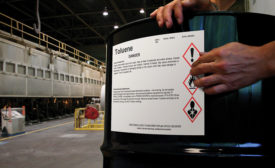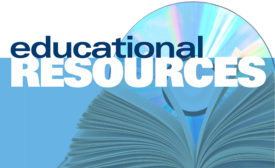Matt Wastradowski
Matt Wastradowski writes for Graphic Products, makers of the DuraLabel line of industrial label and sign printers. For more information about customized visual communication, visit www.GraphicProducts.com or call 866.869.8647.
ARTICLES
Get our new eMagazine delivered to your inbox every month.
Stay in the know on the latest safety trends.
SUBSCRIBE TODAYCopyright ©2024. All Rights Reserved BNP Media.
Design, CMS, Hosting & Web Development :: ePublishing

